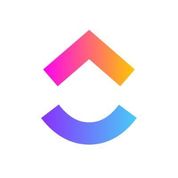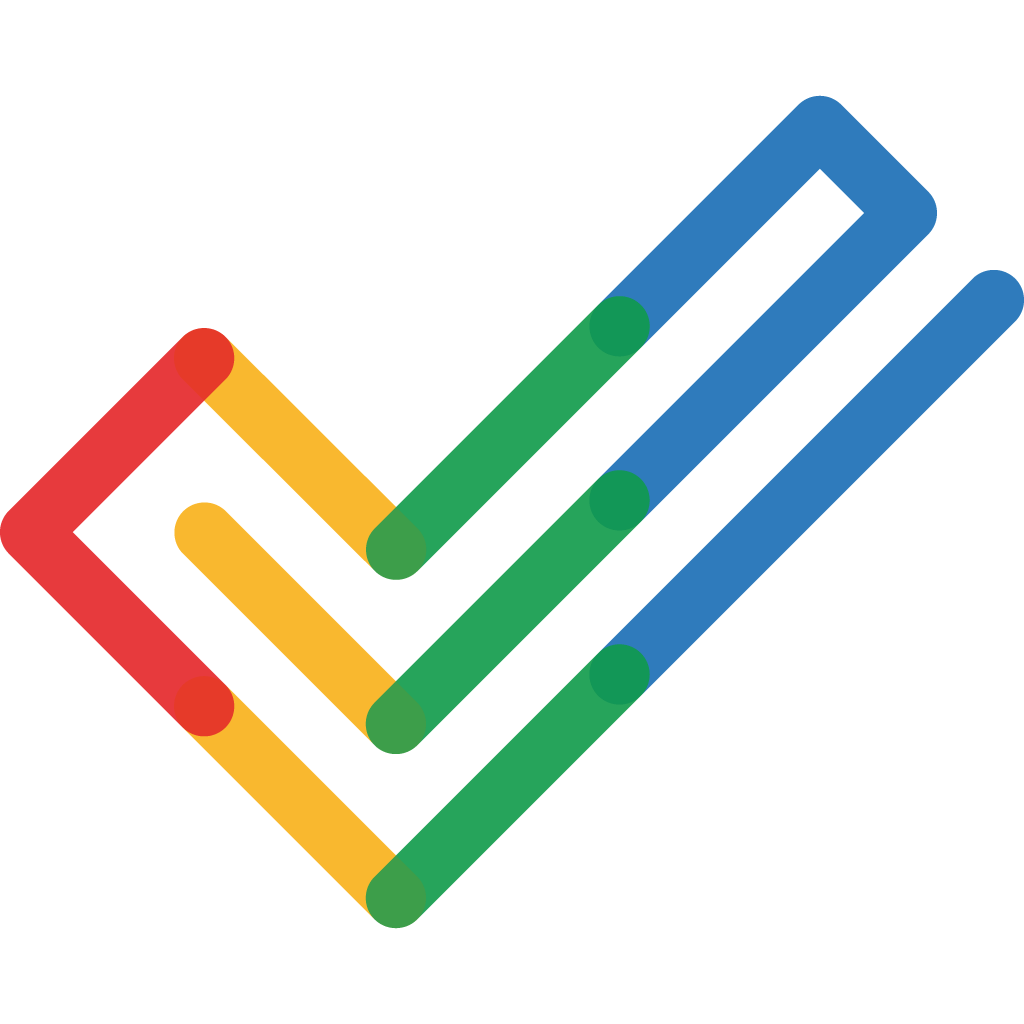Produck is a Project Management Software. Produck offers Kanban Board, Time & Expense Tracking, Task Management, Status Tracking, Requirement Management and many more functionalities.
Some top alternatives to Produck includes Quickbase , Smartsheet, ClickUp, Zoho Projects and Stream Chat.
No, Produck doesn't provide API.
No, Produck doesn't provide mobile app.
Produck is located in Germany
Produck offers Free Trial, Freemium, Subscription, Quotation Based pricing models
Yes, Produck can integrate with
The starting price of Produck is $4.99/User/Month when Billed Yearly
















